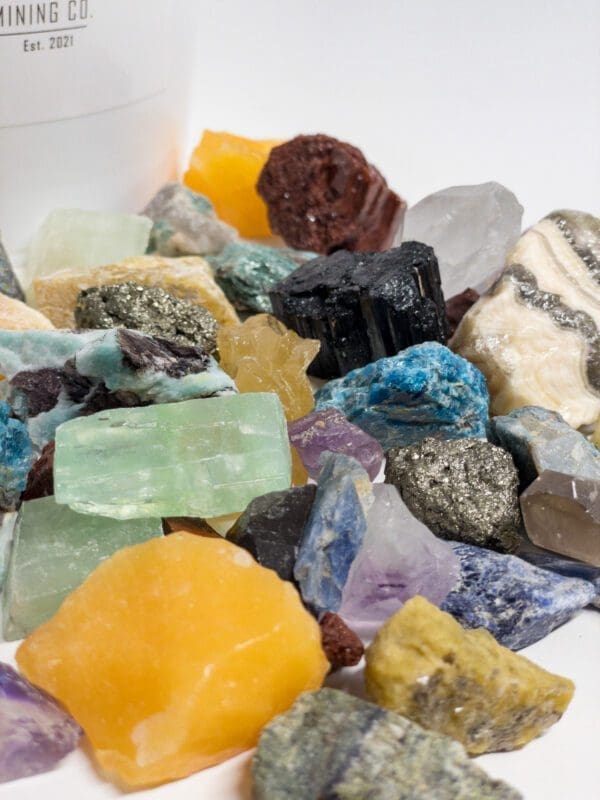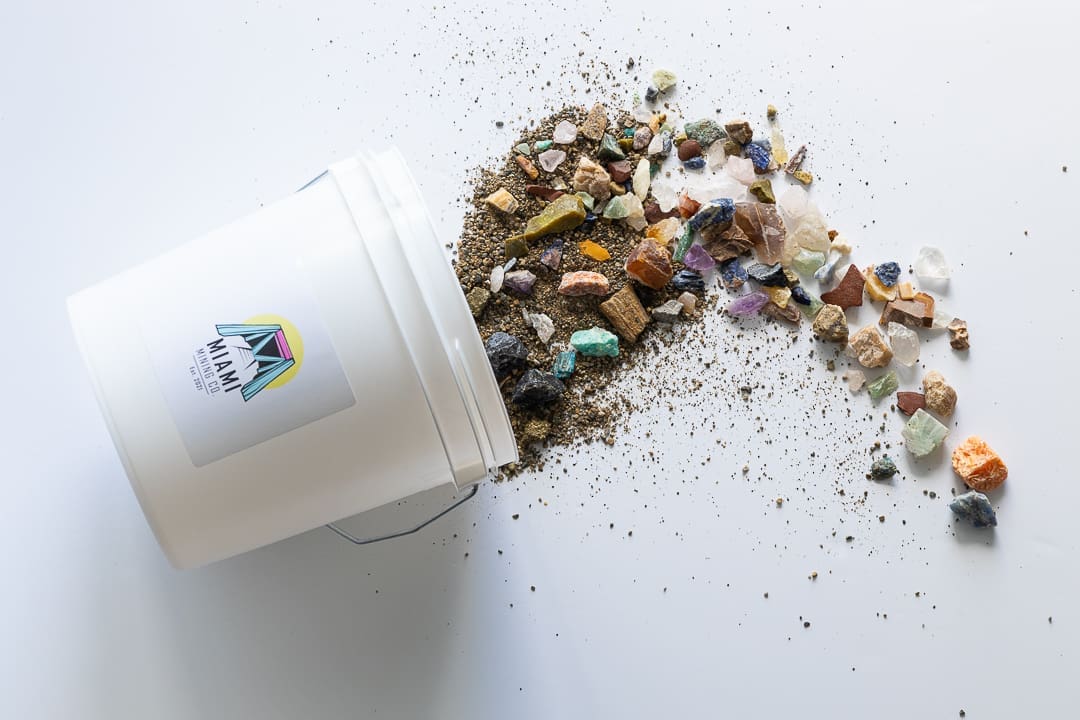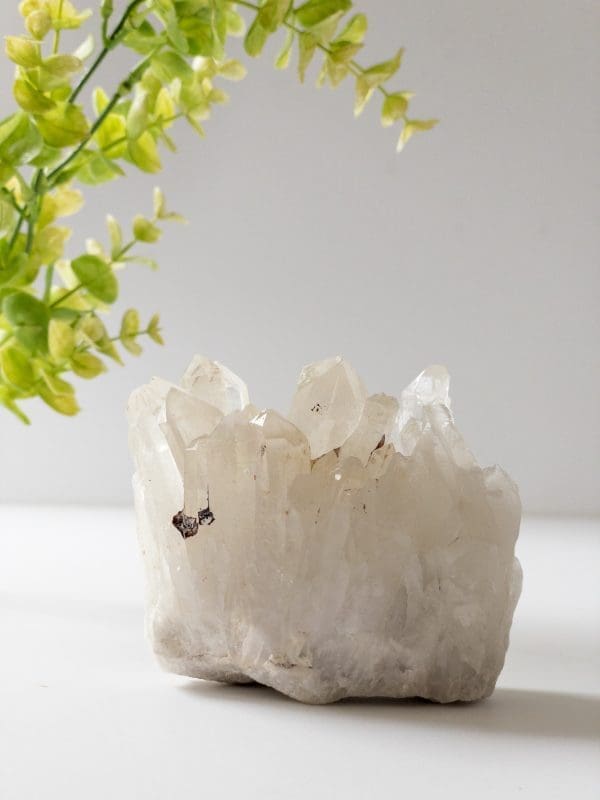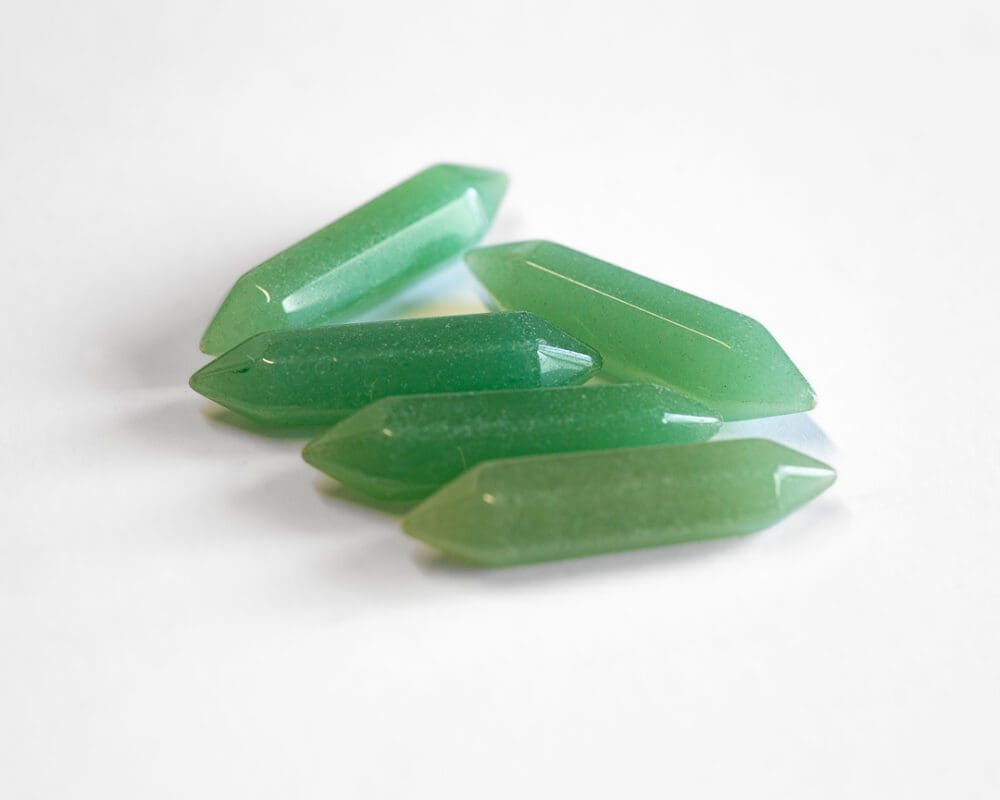STEM education, which stands for science, technology, engineering, and math, is essential for children in today’s world. These subjects not only provide children with the skills they need to succeed in the modern workforce, but they also help children understand and appreciate the world around them. One area of STEM education that is often overlooked is Earth science and geology. These subjects give children a deeper understanding of the planet they live on and can spark a lifelong interest in the natural world.
One way to introduce children to Earth science and geology is through a mining kit. Mining kits are hands-on educational tools that allow children to learn about the process of mining and the different types of rocks and minerals that can be found on the earth. The kit typically includes a variety of tools, such as a rock hammer, chisels, and a magnifying glass, as well as a guidebook that provides information on different types of rocks and minerals and how to identify them.
The mining kit provides children with an opportunity to learn about the process of mining and how it has been used throughout history to extract valuable resources from the earth.
In addition to learning about the process of mining, children will also learn about the different types of rocks and minerals that can be found in the earth. The kit typically includes a variety of different types of rocks and minerals, such as granite, limestone, and quartz. Children will learn how to identify these rocks and minerals based on their color, texture, and other characteristics. They will also learn about the properties of these rocks and minerals, such as their hardness and whether they are magnetic or not.
As children work with the mining kit, they will also develop important STEM skills, such as problem-solving, critical thinking, and observation. They will have to use their problem-solving skills to figure out how to extract the rocks and minerals from the rough, and their critical thinking skills to identify the different types of rocks and minerals. And as they use their observation skills to examine the rocks and minerals, they will learn to pay attention to details, such as color and texture.
By providing children with hands-on experience with mining and geology, the mining kit can also help to spark a lifelong interest in the natural world. As children learn about the different types of rocks and minerals that can be found on the earth, they may become curious about where these rocks and minerals come from and how they were formed. They may also become interested in exploring the earth and discovering new types of rocks and minerals. And as they learn about the process of mining and how it has been used throughout history, they may become interested in the role that mining plays in the economy and society.
In conclusion, a mining kit for kids can provide a fun and engaging way to introduce children to Earth science and geology. By working with the mining kit, children will learn about the process of mining, and the different types of rocks and minerals that can be found on the earth. As they work with the kit, they will also develop important STEM skills such as problem-solving, critical thinking, and observation. The mining kit can also spark a lifelong interest in the natural world and inspire children to explore the earth and discover new types of rocks and minerals.










